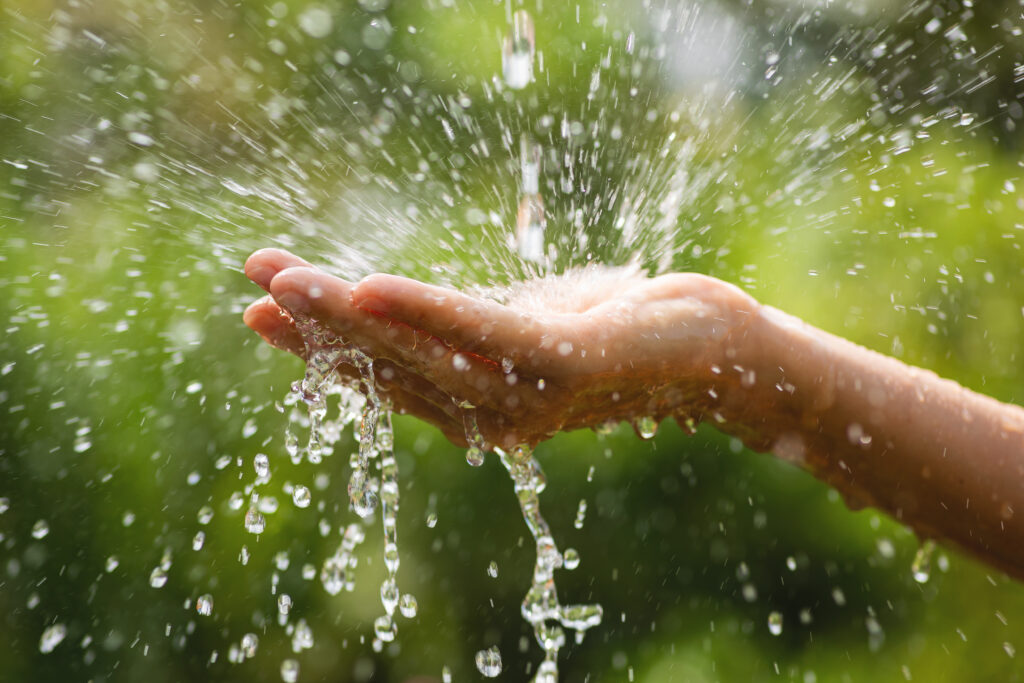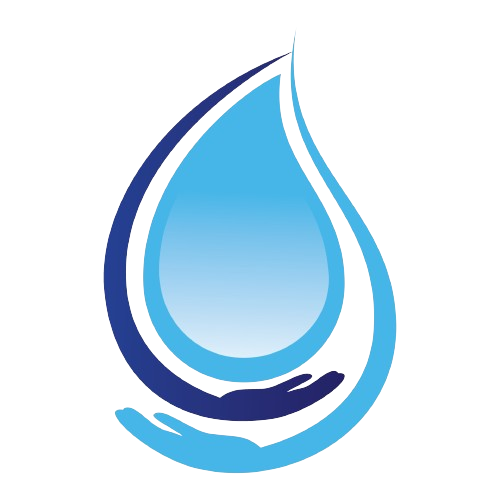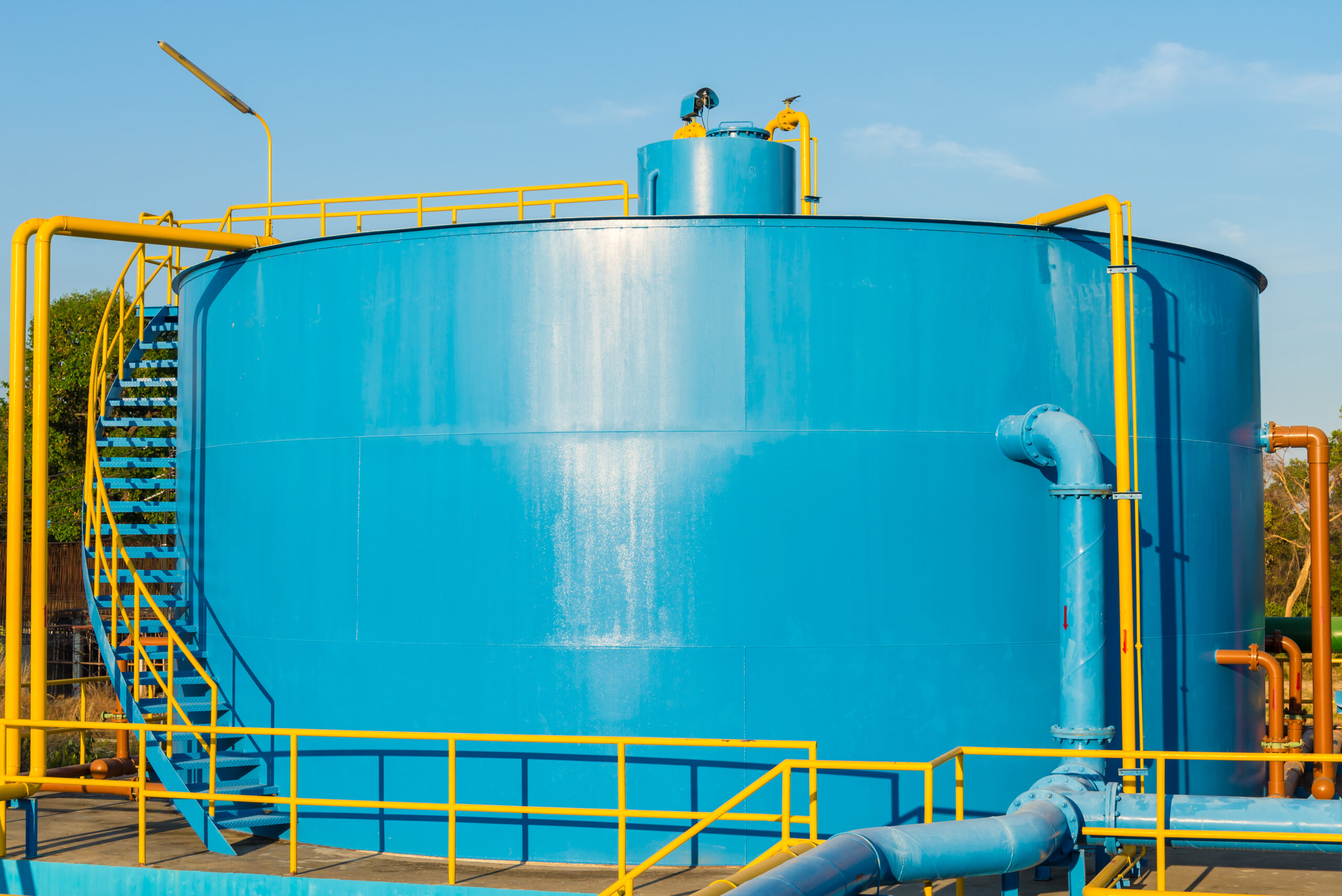How Can Technology Really Assist In Water Conservation?
Water has become a critical global issue, and the day-to-day pressure of rising populations coupled with an unpredictable climate and unsustainable consumption patterns is definitely squeezing supplies. Fortunately, technology is playing a highly instrumental role in helping address these challenges by enabling more efficiency in water resource use and fostering sustainable practices. This ranges from the application of smart irrigation systems to advanced methods of purifying water. Technology is therefore revolutionizing the way in which water is managed and conserved.
Smart Irrigation Systems
Probably one of the most noteworthy advances in water conservation is smart irrigation systems. Conventional irrigation typically leads to excess water use due to overwatering or inefficient distribution. Smart irrigation systems, powered by sensors and hooked into the Internet of Things, allow for a needs-based delivery with real-time data. These systems monitor the amount of water in the soil, weather conditions, and plant water requirements, adjusting their watering schedule appropriately. Smart irrigation avoids wastage by optimizing water use, promotes health to crops, and reduces a farmer’s or house owner’s water bills.

Advanced Leak Detection
Cities and rural systems lose millions of gallons because of water leakage. Sometimes these leaks are undetected and sometimes undiscovered. Technology brought advanced leak detection systems into being, involving sensors and data analytics in the fast identification and location of leaks. The systems are able to be fitted into the municipal water network for real-time monitoring and prompt action in case of potential issues. Such technologies help save substantive amounts of water and reduce the cost of water loss by addressing leaks in good timing.
Water Recycling And Reuse
As water becomes scarcer, recycling and re-use have come into the limelight as important strategies for conservation. Technological advances in water treatment have now made it feasible to recycle wastewater for a number of non-potable purposes, from irrigation and industrial processes to flushing toilets. Current technologies that make it possible to treat wastewater safely and productively include membrane filtration, ultraviolet disinfection, and advanced oxidation. Moreover, this process of recycling water at community and industrial levels diminishes demand for freshwater and subsequently eases the pressure from natural water bodies.
Desalination Technologies
Desalination, or removal of salt and other impurities from seawater to obtain fresh water, is increasingly in the spotlight these days as a panacea for water scarcity problems, especially in the arid regions of the world. State-of-the-art desalination technologies, such as reverse osmosis, have undergone immense transformation in the recent past to make them more energy- and cost-effective. These technologies can offer both a secure source of fresh water in areas short of pure freshwater resources and a potential solution to quenching the global demand. Desalination is an energy-consuming process; much research is currently underway on how to make it more sustainable by sourcing alternative sources of energy and improving efficiency.
Remote Sensing And Data Analytics
Satellites and other remote sensing technologies, such as drones, are helpful in monitoring water resources and in their conservation by providing the justification for this exercise. These technologies provide a range of valuable data related to water levels, river flows, and precipitation patterns, and hence help the policymakers and water managers in making informed decisions. Based on this data, scientists can recognize trends, project droughts, and pinpoint methods for sustainable water management. On the other hand, remote sensing enables precision agriculture, whereby farmers are able to track crop health and further optimize water use at large scales.
IoT And Smart Water Management
The IoT is breaking traditional ways of handling water by bringing a number of devices and systems on board to monitor and control in real-time. Smart meters, sensors, and automated systems collect data related to water consumption, quality, and infrastructure performance and send it back for analysis. This sets the base for such a data-driven approach that will permit better distribution of available water supplies, early detection of problems, and resource allocation. For example, smart water meters may provide timely feedback on water consumption to consumers, thus encouraging responsible behavior and reducing aggregate demand.
Water-Saving Apps And Platforms
Mobile applications and online platforms have been helpful tools in engendering responsible water use among individuals and entire communities. These apps disseminate tips to users on how to save water, track their usage, and even connect them with local conservation initiatives. Some of the apps gamify these experiences, rewarding users for adopting water-saving practices. By making conservation efforts more accessible and engaging, these technologies put people in a better position to take an active role in preserving this vital resource.
In a nutshell, technology is spearheading advancements in water conservation all over the world. From the development of smart irrigation systems and leak detection technologies to advanced methods for water recycling and desalination, technological innovations offer realistic answers to one of the most influential challenges of our time.

